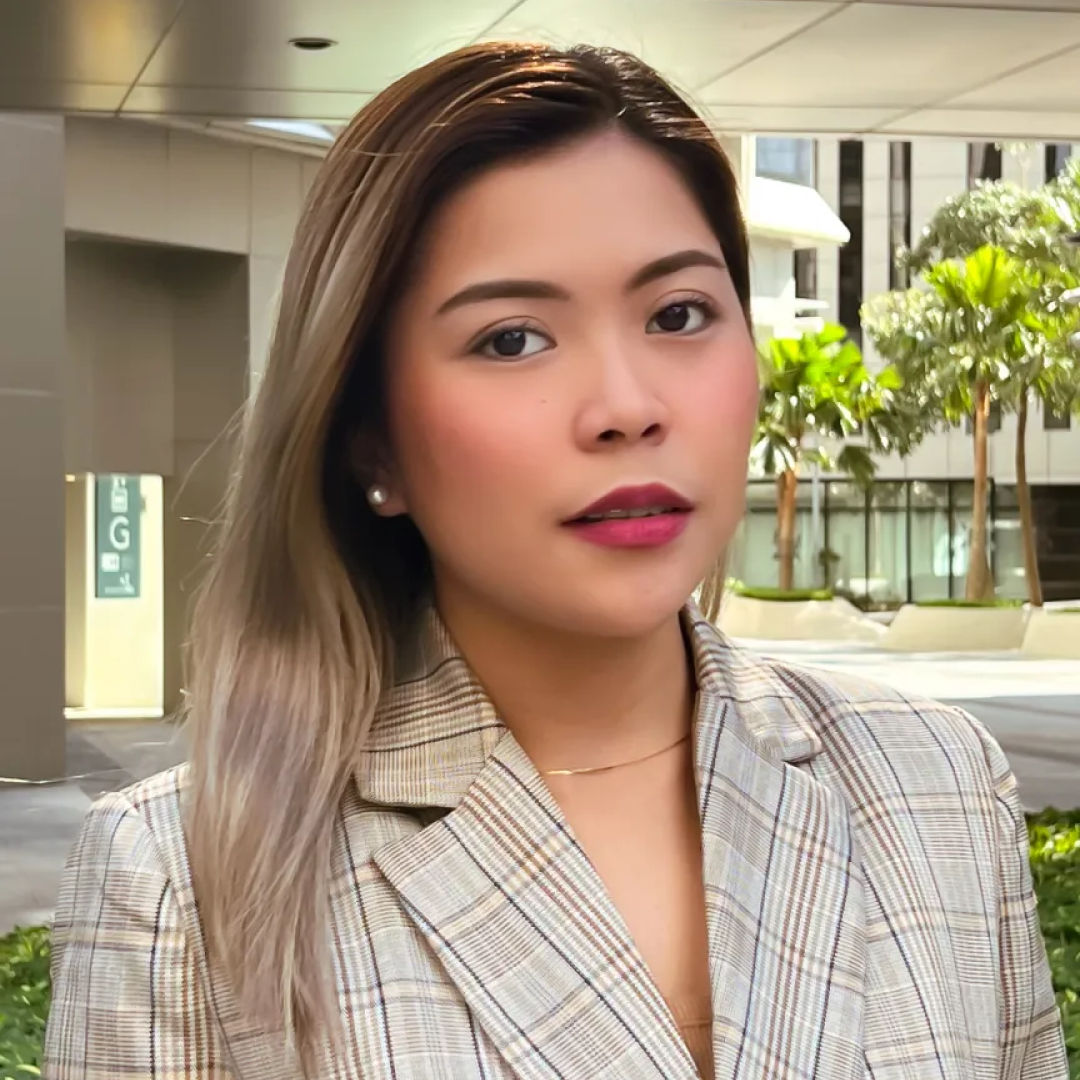The New Wave of Saudi Influencers: Where Creativity Meets Culture
From comedy skits to lifestyle vlogs to deep dives into local culture, content creators in Saudi Arabia are doing more than just entertaining; they are reshaping how we see ourselves and how the world sees us. As someone who was born and raised in Saudi, a great deal of what I follow and learn now comes straight from these voices online.
Saudi Arabia has rapidly transformed into a prominent center for content creators and influencers. This shift is largely due to the widespread use of social media, the rising online activity of its population, and government efforts under vision 2030. As the country works to modernize its cultural scene and diversify its economy, influencers have become key players in shaping this change.
One of the main drivers of the influencer boom in Saudi Arabia is the country’s high internet penetration rate and heavy social media usage. Saudi Arabia boasts a high internet usage rate, and with an estimated 29 million social media users as of 2024. TikTok has seen over 130% growth in users over the past three years, while Instagram remains one of the most widely used platforms with over 14 million active users. With the average Saudi national spending 3.5 hours daily on social media, these platforms have become a dominant space for influencer marketing. These platforms provide Saudi influencers with powerful tools to reach not only local audiences but also global followers. The increasing influence of Saudi creators is a direct result of the rise in online content consumption, particularly among the kingdom’s youth, who are eager to engage with modern trends while staying rooted in their cultural values.
What truly sets Saudi influencers apart is their ability to balance innovation with values. While many global influencers focus purely on aesthetics or trends, Saudi creators often root their content in community, humor, and local storytelling. Influencers like Firas Almubarki, Abdullah Aldrees, and Rana Alkhodari use comedic skits and relatable scenarios not just to entertain, but to subtly promote products in ways that resonate deeply with their audiences. Their approach is far from traditional advertising; it’s about inviting the viewer into a slice of everyday Saudi life—with a clever twist.
This blending of entertainment and soft-sell marketing redefines what influence looks like. It feels less transactional and more communal. As someone who has grown up in Saudi Arabia and witnessed this shift firsthand, I can say the trust we place in local influencers often stems from that very authenticity. Their content speaks our language—literally and culturally. We don’t just follow them for recommendations; we follow them because they reflect who we are, who we’re becoming, and the humor, creativity, and nuance that define our everyday lives.
There’s a shared sense of context: whether they’re joking about family life, societal quirks, or simply showing the intricacies of daily life in Riyadh or Jeddah, they’re offering more than a product—they’re offering a perspective.
In Saudi Arabia, influencers are also becoming entrepreneurs and collaborators, not just brand promoters. The relationships they build with companies go beyond sponsored posts. Many are co-creating products, launching collections, and participating in campaign strategy—bringing a layer of local insight that brands would struggle to replicate otherwise. This is especially important in a region where cultural context is everything.
Of course, the road isn’t without its challenges. Influencers must balance commercial partnerships with personal integrity, all while staying within the framework of cultural and regulatory expectations. Figures like Nojoud Al Rumaihi, Lama Alakeel, and Yara Alnamlah have skillfully navigated this balance, maintaining strong personal brands while operating within defined social boundaries.
Looking ahead, the future for Saudi content creators appears bright. As the country continues to embrace digital transformation, there will be even more opportunities for influencers to expand their reach and influence. AI and virtual reality will open new creative avenues, strengthening influencers’ impact locally and globally. With the backing of Vision 2030, the rise of Saudi influencers is a trend that shows no signs of slowing down.
What excites me most is the uniqueness of this movement. Unlike the influencer scenes in other countries, the Saudi model isn’t about imitation – it’s about transformation. It’s about taking global tools and trends, and reinterpreting them through a distinctly local lens. That, to me, is what makes it powerful and sustainable.
Words By: Abeer Mallawi, Account Executive at Ruder Finn Atteline
نبذة عن رودر فين أتلاين



